Inside the golden age of Warhammer

The global pandemic has seen Games Workshop become more profitable than Google. Its growth can be largely attributed to the booming popularity of Warhammer – a 38-year-old roleplaying game with a historically nerdy image. We roll the dice and enter the big business world of miniature battling.
Culture
Words: Jak Hutchcraft
Photography: Maxwell Tomlinson
Taken from the new print issue of THE FACE. Get your copy here.
On a busy central London high street, sandwiched between a Samsonite suitcase shop and a Holland & Barrett, I’ve stumbled upon a portal to another universe. What used to be the Middle England chintz of Cath Kidston is now a wormhole to a dystopian future of subhuman overlords, gruesome mutants and apocalyptic warfare.
Do the lunchtime shoppers entering Sainsbury’s know what takes place over the road? Do they fear the wrath of the Lord of Ultramar? Will the Chaos Gods spoil their enjoyment of today’s £3.50 meal deal?
I’m in a branch of Games Workshop, stockist and manufacturer of the wildly successful wargame Warhammer, with more than 500 outlets worldwide. As I browse the orcs and space marines, excited conversations between staff and customers take place around me. Curious passersby and erudite veterans are equally welcomed.
A month before the UK was about to leave another lockdown in August, this Tottenham Court Road beacon announced that it was upsizing to bigger, bolder premises a few doors down. Half a mile away on Oxford Street, meanwhile, a very different story was playing out as former high street behemoths Topshop and Debenhams both shuttered for good.
You see, Games Workshop has not only survived the last 18 months, it has thrived. In the year of our pandemic, sales of its Warhammer figurines – which are assembled, painted and led out to battle on green-flocked terrains by ardent fans the world over – rose by more than a third, from £269 million to a staggering £353 million. In fact, last year’s accounts give the Nottingham-based company an operating margin of 43 per cent. That’s higher than the 25 per cent of Alphabet Group. And they literally own Google.
So how on Middle Earth did this happen? How did a niche chain of specialist shops come to be worth more than Asos and the 137-year-old Marks & Spencer?

To understand it all, we need to take a trip back in time to West London in 1975, when three friends set up a mail-order distribution company to meet demand for the fledgling fantasy game market.
John Peake, Steve Jackson and Ian Livingston shared a flat in Shepherd’s Bush and, by June 1977, had released the first issue of their White Dwarf magazine, a miniature-gaming bible still running today. The following year – by which point Peake had left the burgeoning enterprise – Jackson and Livingstone opened their first Games Workshop in nearby Hammersmith, stocking Dungeons & Dragons among other titles.
Around the same time, 150 miles north, at school in Lincoln, teenage boardgamers Richard Halliwell and Rick Priestley were developing their own miniature figures. With a few ideas under their belts, they took an entrepreneurial punt and contacted Bryan Ansell, a designer who had co-founded Asgard Miniatures in Nottingham. After Halliwell and Priestley left school, the three began to work together. Then, when Ansell formed a partnership with Games Workshop, they had the backing and platform for a new tabletop game they’d been developing since the days when they should have been doing their homework: Warhammer Fantasy Battle.
Released in 1983, Warhammer Fantasy Battle allowed players to take command of miniature armies, battling with nothing but dice, rulers and an active imagination. Each miniature had its own stats and abilities, and the wars took place on medieval battlegrounds of rolling hills, lush trees and antiquated buildings.
In the years that followed, the hobby had an underground but slowly growing following. A new version, Warhammer 40K, appeared in 1987, replacing wizards, elves and dragons with trigger-happy space marines, mutant aliens and giant robots (and eventually becoming the most popular miniature wargame in the world). A further spike in interest came in the early ’00s with the release of the Lord of the Rings film series, and a Tolkien-influenced tie-in, Middle Earth Strategy Battle Game.
However, stereotypes of socially-inept gatekeepers, not unlike the snarky Comic Book Guy from The Simpsons, remained the hobby’s prevailing image.
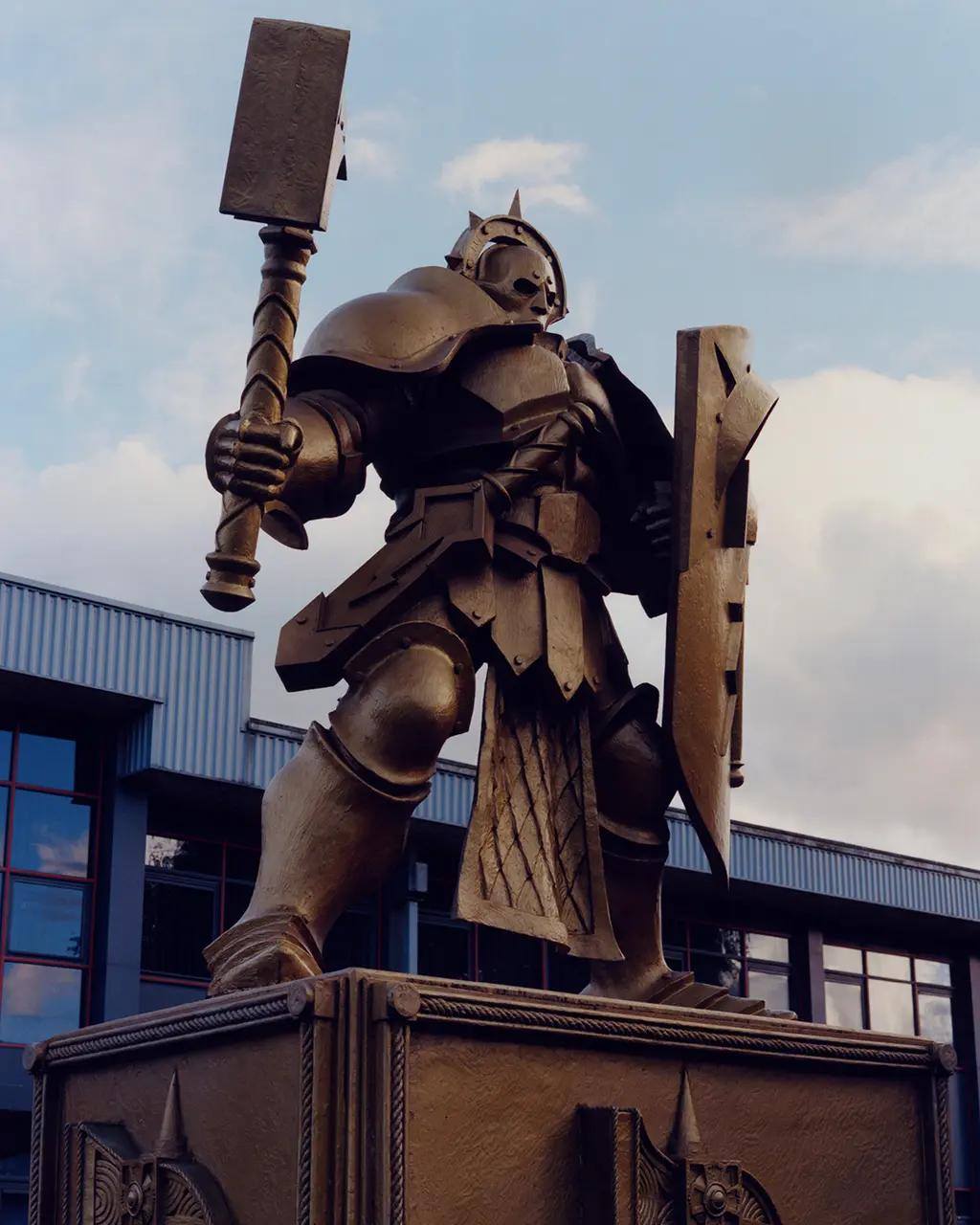
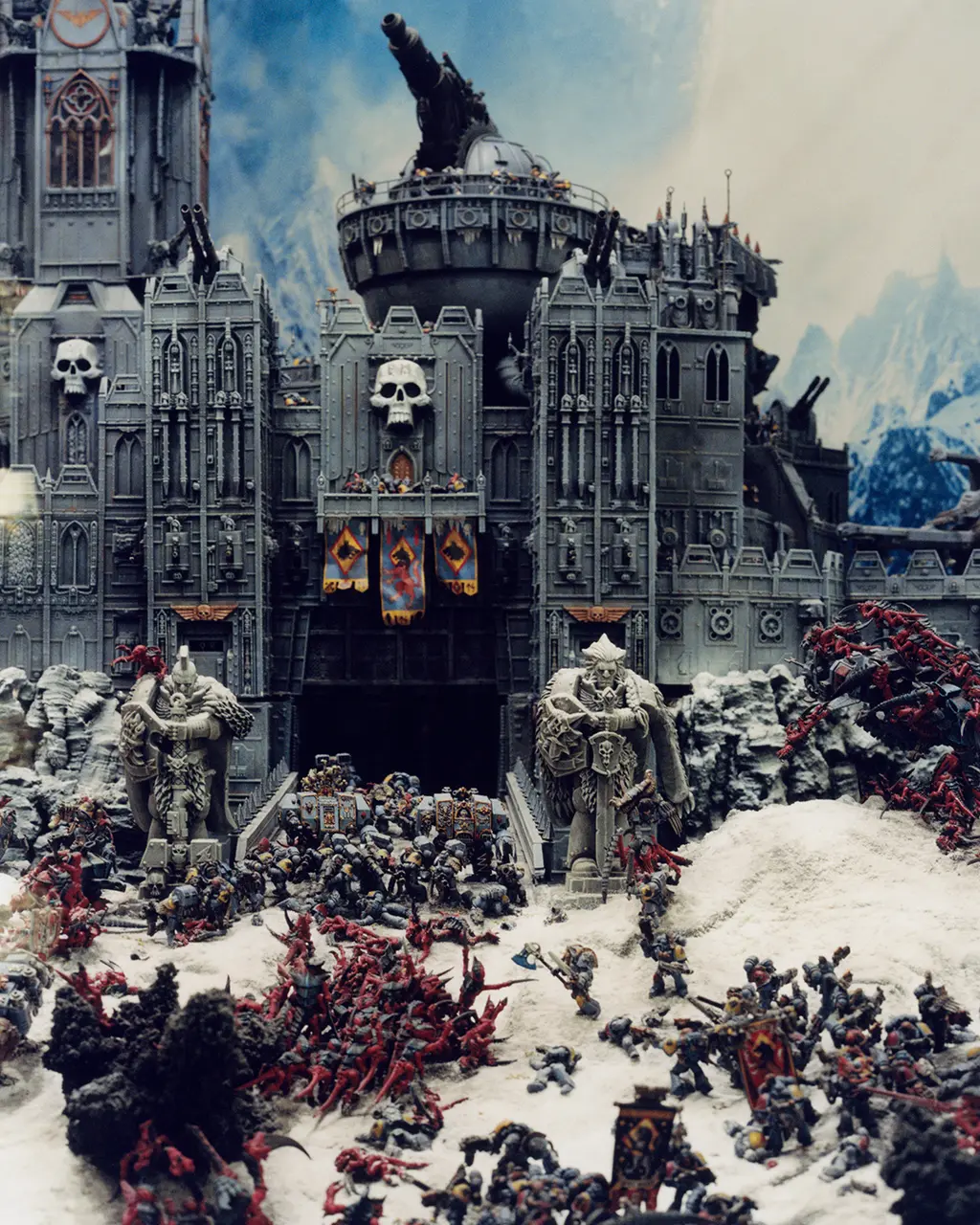
Fast forward to 2021. A pandemic, furlough scheme and several lockdowns later, we are entering the “golden age” of Warhammer. With time on their hands, people who never would have dreamed of picking up a miniature are turning to the game in their droves. Figures from January show that 4.7 million people now use the Warhammer community website, marking an increase of 200,000 on the same period last year. In August, the company even launched its own subscription streaming platform, Warhammer+, full of shows, painting masterclasses, battle reports and other content ready to serve its newfound audience.
Archie Tilehurst, 19, joined the community in April, when he was introduced to it through a colleague at the Sussex Waitrose in which he worked.
“I picked it up and I really loved it!” he enthuses over the phone. “I got really into the game, the lore and the universe. I’m going to play tomorrow at my local shop, doing a practice session to learn how to use a War Machine.” (For the uninitiated, that’s a plasma-driven engine of destruction piloted by the disembodied soul of a sacrificed human.)
Dipping your toes into the complex universe and passionate community of Warhammer is, clearly, a daunting prospect for anyone. Tilehurst, however, assures me that he’s been welcomed.
“Honestly, it’s one of the loveliest communities I’ve been in,” he says earnestly. “There are open discussions online, they help me out, they give me websites [to visit] and tips, places to go to get information. Overall it’s just a really nice community.”

Helena Baur [pictured left], or Sylva as she’s known online, is another player who got into Warhammer during the pandemic, looking for creative ways to pass the time on furlough from her job in investment management.
“I wasn’t so much interested in the playing part,” says the German-born, London-based 23-year-old. “But I was interested in trying to paint. In high school I did art and I really loved it.”
In July, Baur made an Instagram account, @sylvapaints, to document her progress. “It attracted attention and I got some followers. People seemed interested in what I was doing,” she tells me. “I had them from day one messaging me saying, ‘Welcome to the hobby.’ I was so surprised that everyone was so welcoming and nice, instead of trying to protect their community, which you often get in closed circles.”
Now @sylvapaints has grown to more than 7,500 followers (and rising fast) and she receives daily praise from other hobbyists on the progress of her painting.
In May, the Office for National Statistics revealed that depression rates have doubled since the pandemic began. For many of the people I spoke to, Warhammer was one of the things that helped them through. As Tilehurst puts it: “The isolation and deprivation of being indoors meant that buying these models, painting them and collecting them took my mind off it all. I spent some difficult days painting goblin figures. I was a key worker in a shop and it really took my mind off the situation and how bad it was getting.”
Emma Scoot, who became a devotee during lockdown, echoes these feelings. “I suffer from depression and anxiety and this helps me focus on something,” the 30-year-old from Lincolnshire says. “While I’m painting I’m fully concentrating on that and not anxious thoughts.” Scoot’s partner and his two daughters are players and they finally converted her last September. “It’s a nice family activity for us all. We’re planning a trip to Warhammer World in a couple of months.”
Ah, Warhammer World: a vast haven for Warhammer heads situated on an industrial estate on the outskirts of Nottingham. Flanked by a giant space marine statue and lifesize tank, it features an events hall, exhibition centre (displaying more than 20,000 miniatures) and a restaurant in which hungry players can purchase Duardin-flattened Aelf Cakes or Ogor’s Feast Breakfast. That’s American pancakes and a full English to me and you.
I visited one Tuesday afternoon and was instantly plunged deep into an epic Warhammer universe, taken on an immersive journey from Priestley and Halliwell’s very first metal miniatures right through to the massive dystopian terrains of 40K (some of which are more than 20 feet tall). A typical starter pack, Warhammer 40,000 Elite Edition (containing a manual, a board and a set of figurines), will set you back £65, while one of the most popular figurine sets, Space Marines, comes in at £30. Regular visitors to this sacred place include 35-year-old “Tankpot” Zoe, a Warhammer devotee of 24 years who came recently with a group of queer friends she met online.
“It’s not just sweaty nerds that like Star Wars any more, and it’s not just sweaty nerds that play video games – it’s all kinds of folks,” she explains to me from her home in Leeds. “That’s the same for Warhammer.”
Growing up, Zoe didn’t always feel comfortable moving in Warhammer circles. “I’m trans and when I was 11, getting into Warhammer, I didn’t know that about myself yet. I didn’t always feel right there. It was really daunting. We had a Warhammer club at school and it was just a lot of young men who were very obsessed with war, uncritically.”
Now, Zoe streams her miniature painting on Twitch three days a week, curating her experience of the community by mainly following trans and cis-gendered women hobbyists online.
“When I did come out and started transitioning, I felt more comfortable finding people like me,” she says. “I feel a lot better about gaming spaces in general now.”
Even the models themselves are reflecting a growing diversity. Female or non-binary characters in the game have historically been few and far between, but in recent years major female characters have been added in the forms of queens, commanders, high oracles and more. The introduction of non-binary figures hasn’t been as smooth, with new characters Sylas Beastbane and Shalaxi Helbane misgendered as “it” and he/him. However, Zoe explains that the visibility of queer players online has been a real positive.
“It’s become very democratised, I guess. It’s representation. Once you see people like you doing it, you realise that it’s safe for you to do.”
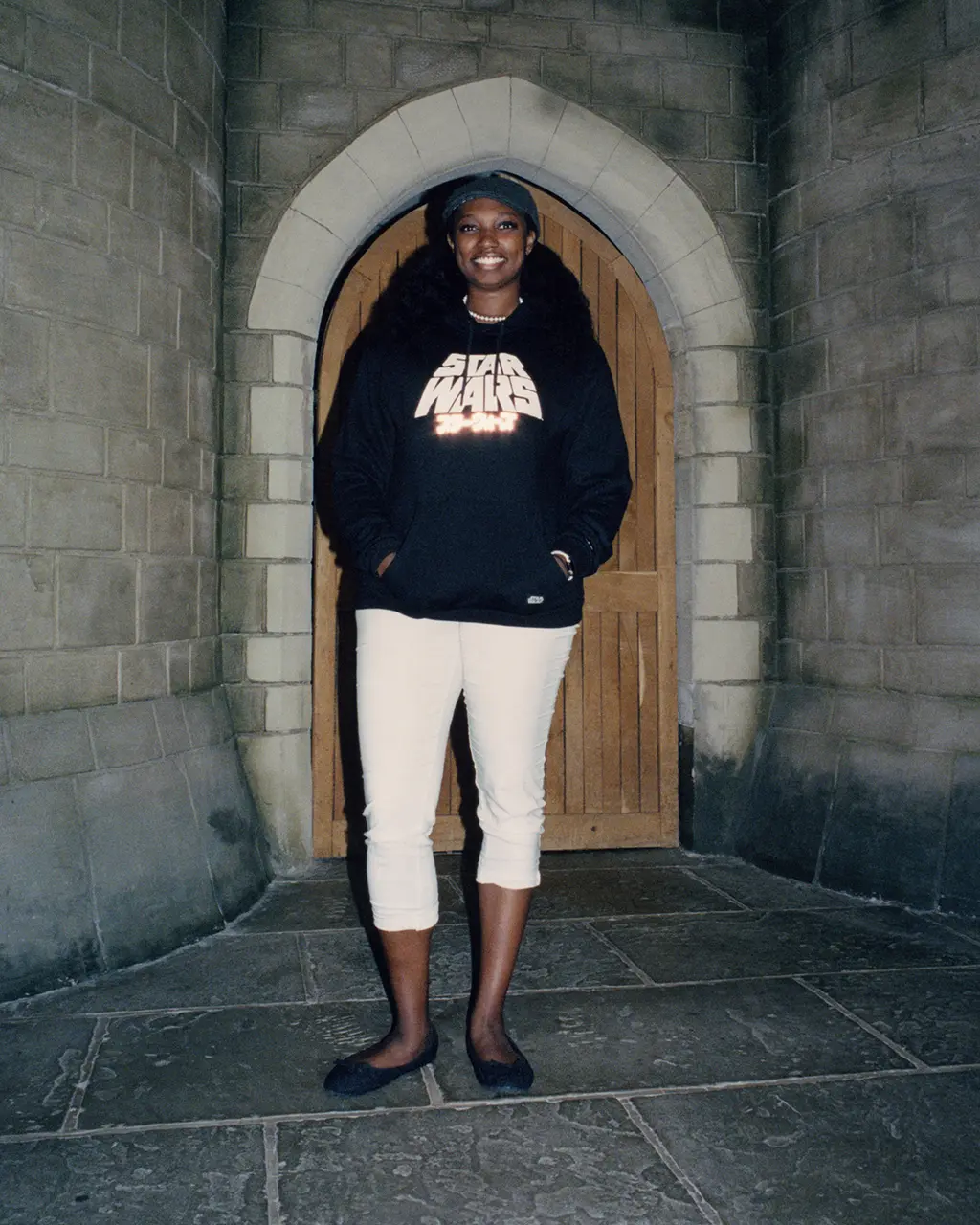
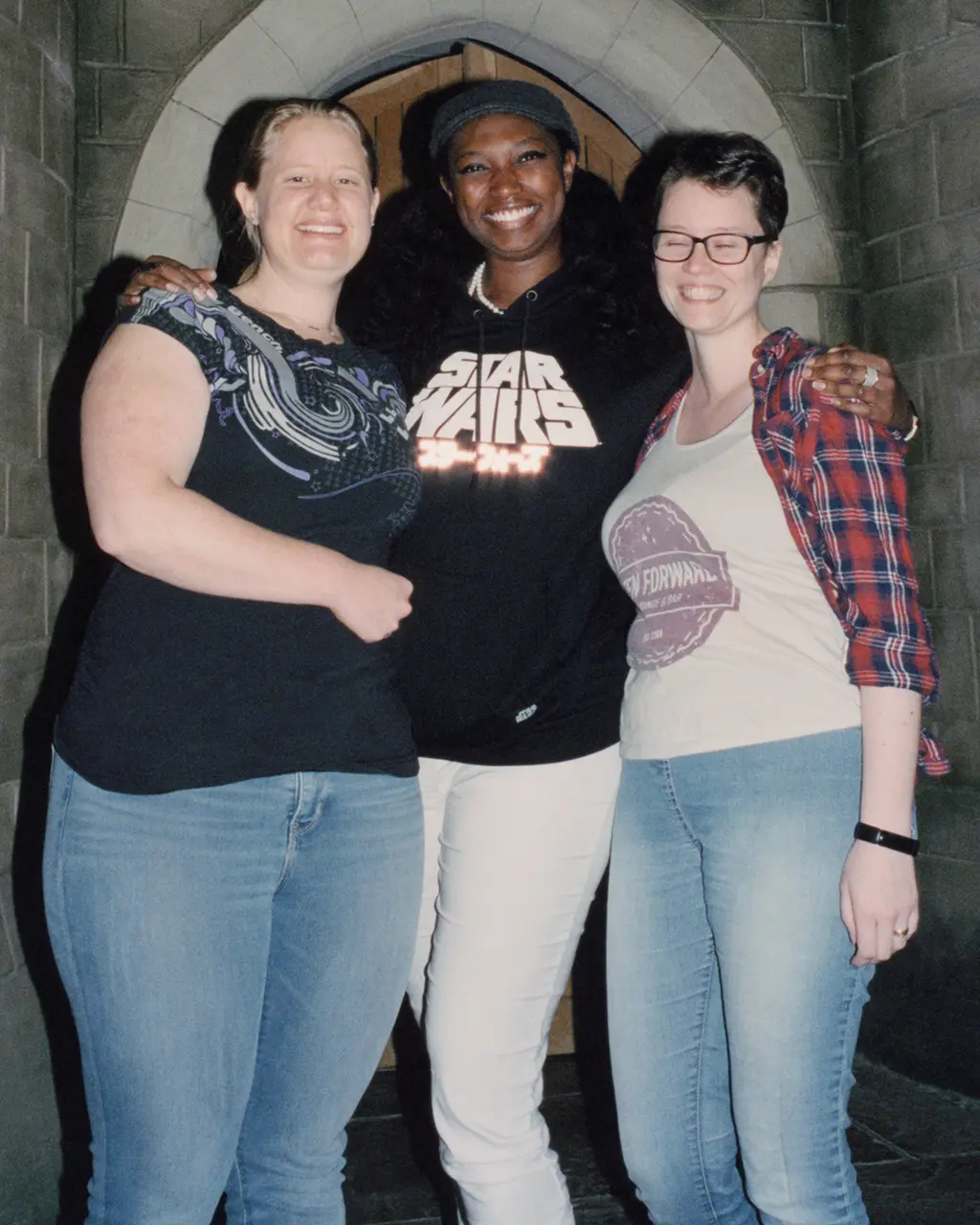
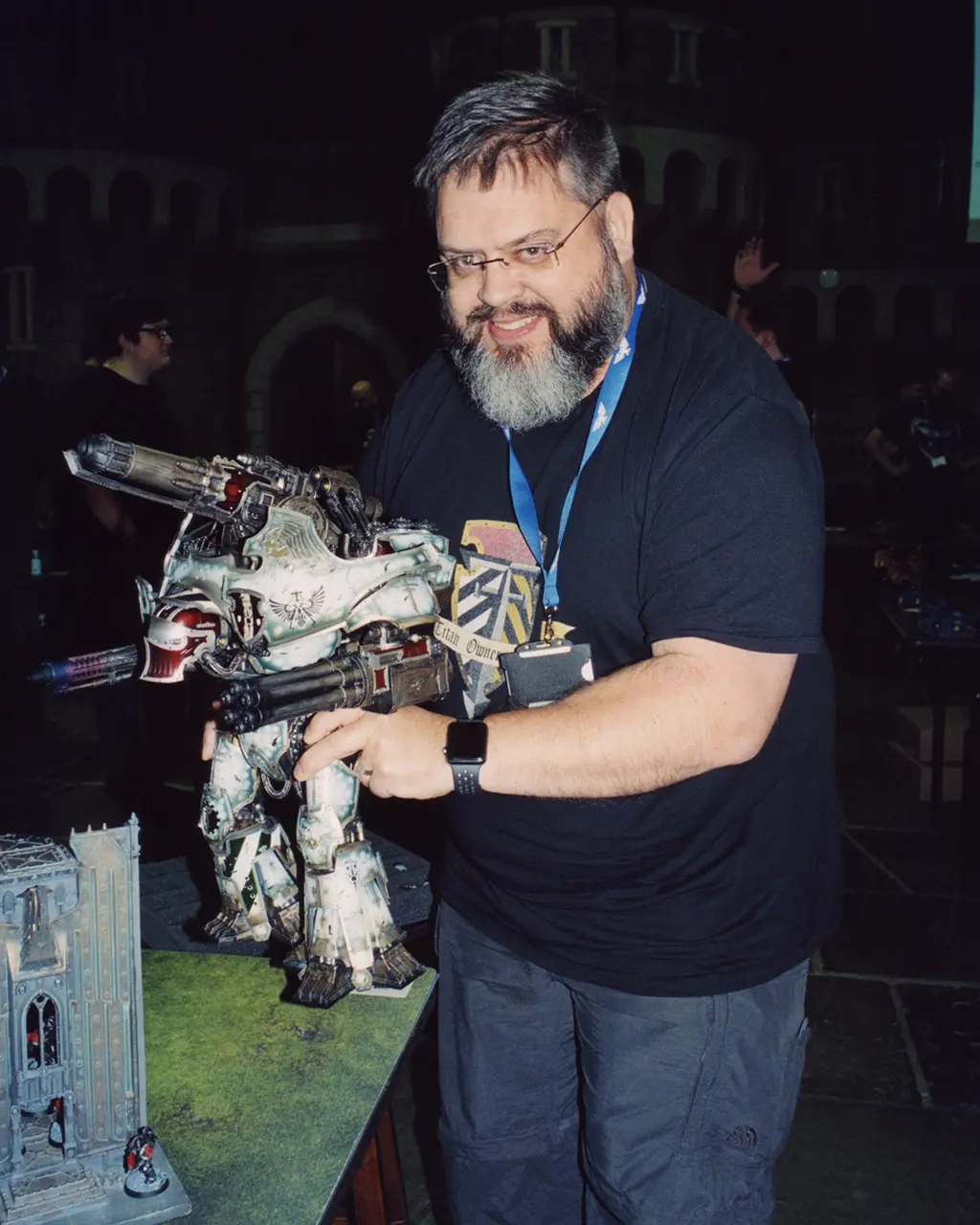
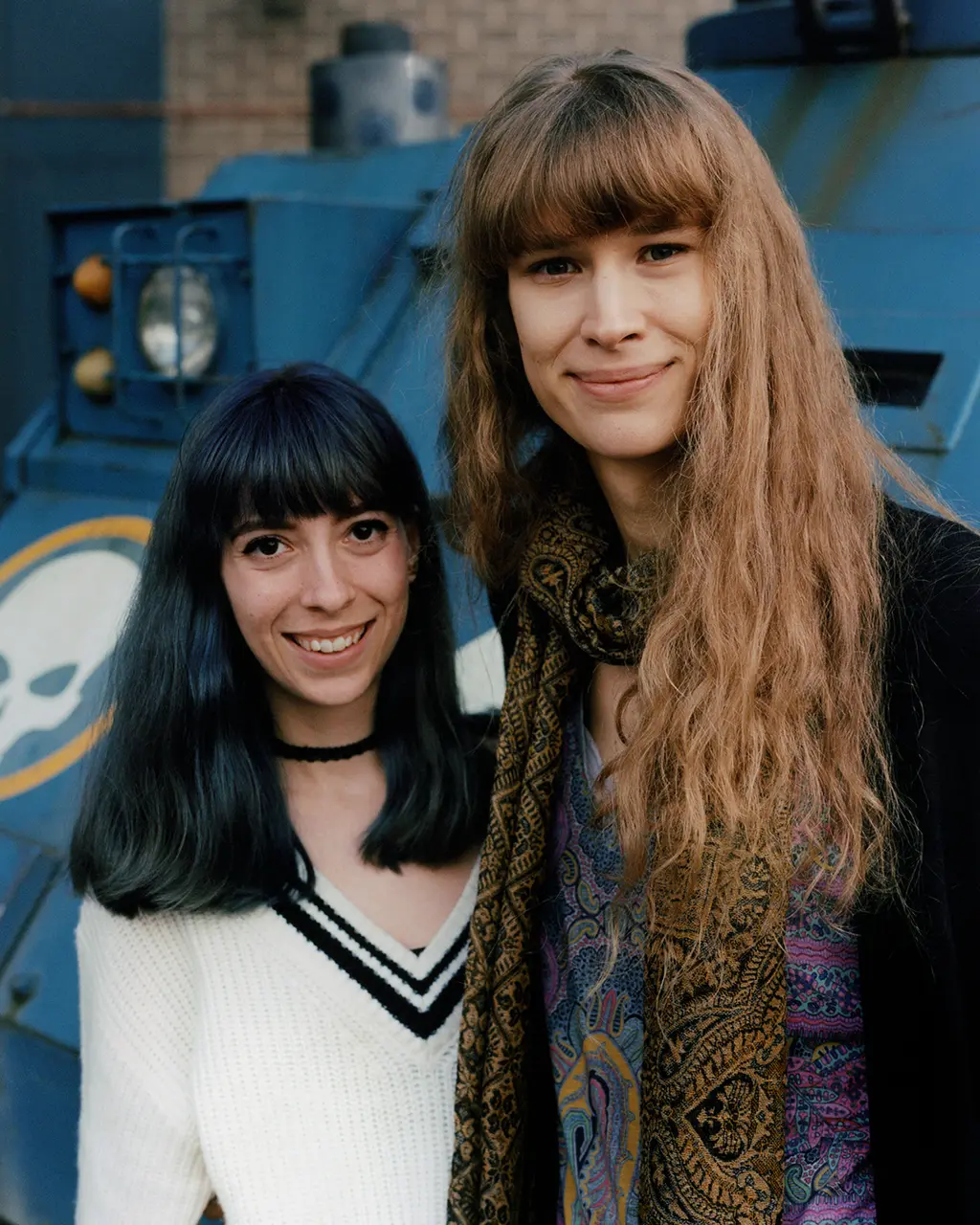
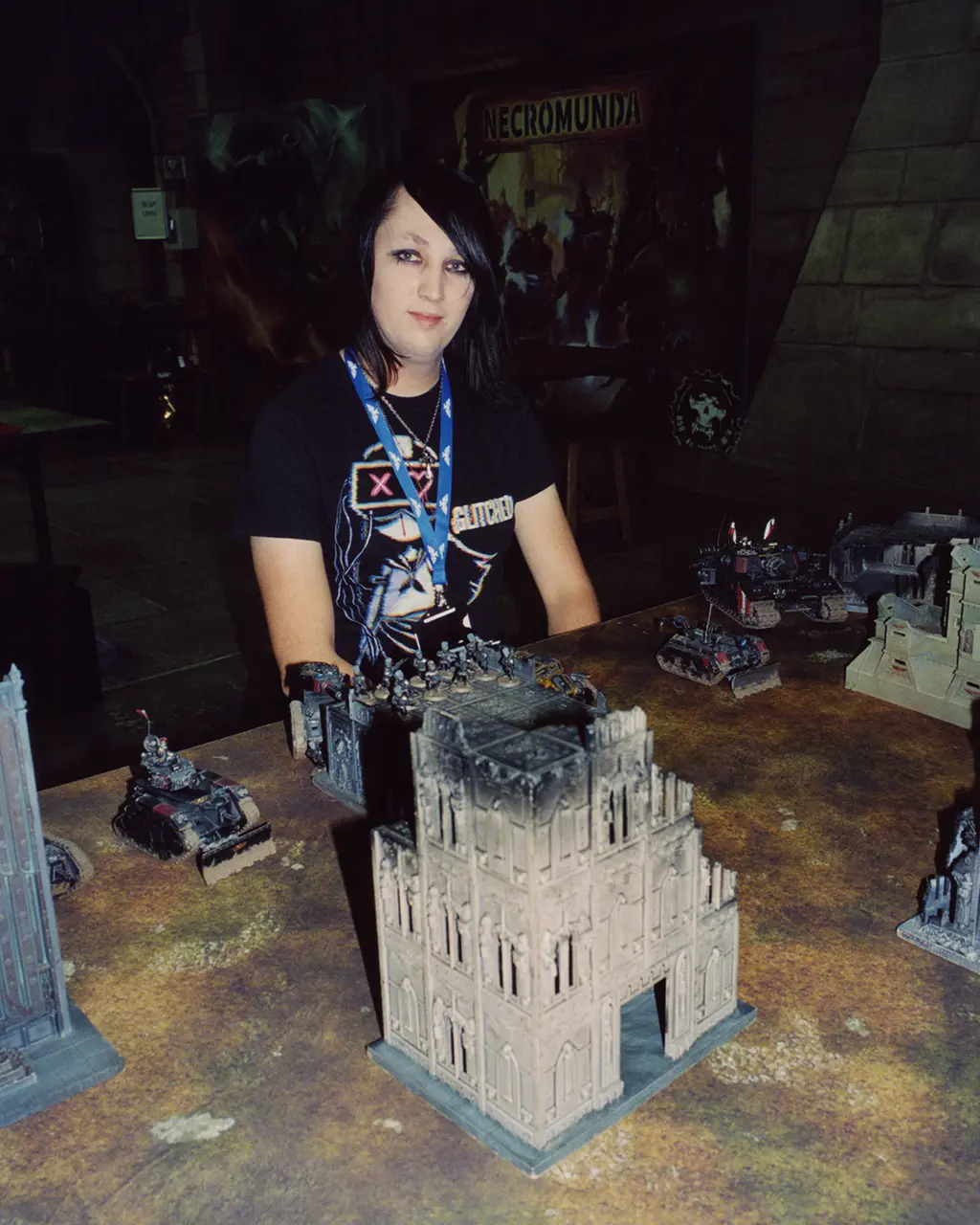
Of course, the perennial worry with a boom, such as the one Games Workshop is experiencing, is that it’ll be followed by an inevitable bust. But Zoe Mills, a senior analyst at Global Data (an analytics company specialising in retail) doesn’t think this will be the case. She attributes the community that it builds, and the Games Workshop staff themselves, as factors in its growth.
“The customers know the people that work there, and the staff know the customers. It’s not about buying the item and going away. The people selling the product are as enthusiastic as the people that are buying it,” she says. “I think [the growth] is something that will persist. This isn’t quite the hobby that you might pick up and put aside. There is a big community that encourages consistent engagement with those that are interested.”
To celebrate the growth of that hobby and the huge profits made over lockdowns, in July Games Workshop CEO Kevin Rountree awarded each of his staff – from shop workers to designers to the support staff – a £5,000 bonus.
“You’re working with people that not only love Warhammer, but they love trying to make it great for everyone else,” Andy Smillie, Games Workshop’s Global Marketing and Digital Director, tells me over a Zoom call from Warhammer HQ in Nottingham. “They are striving to do the right thing for that community.”
The passion of which Smillie speaks is one he shares, too. The seed was planted in the early ’90s when he bought a copy of White Dwarf at the age of eight. Living in a small town south of Glasgow, he had childhood dreams of writing for the magazine and working for the company. On the day he turned 18, he called up his local Games Workshop and secured a part-time job there the following month.
“It took me almost the same amount of time to get there and back on the bus as my shift lasted, but I just loved the environment. The people there were great and we got to talk about Warhammer all day!” he says, the teenage joy still audible in his voice.
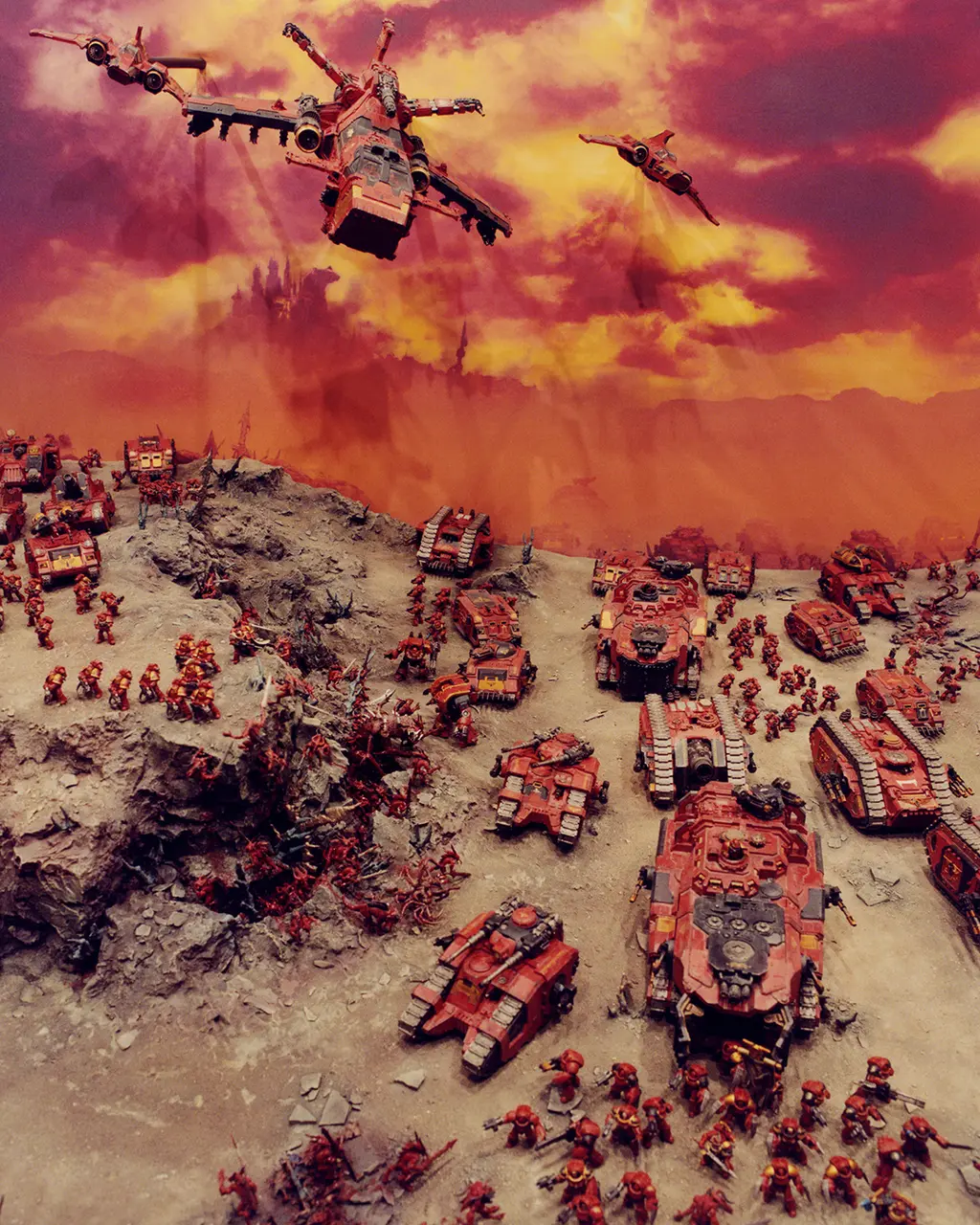
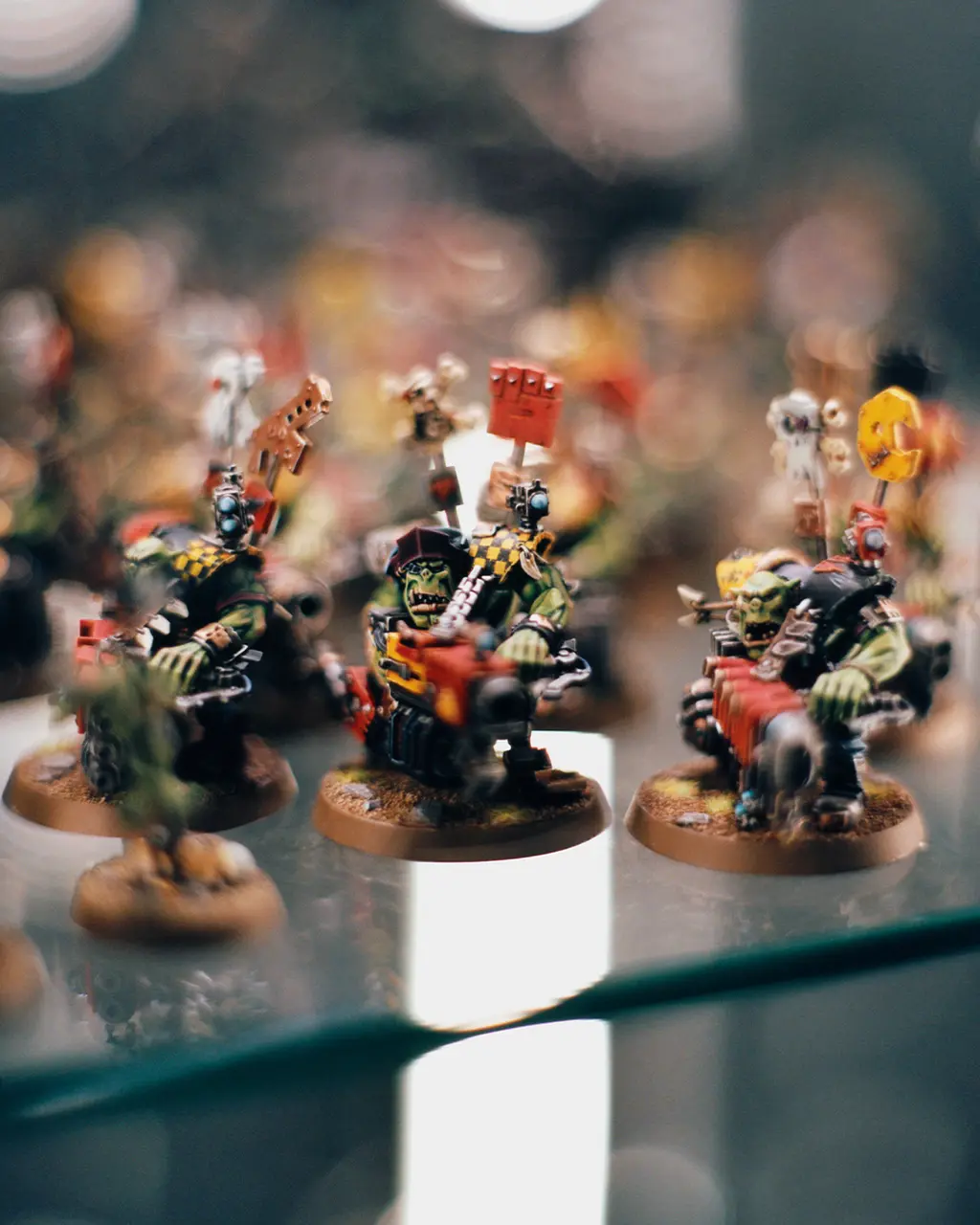
Over the years, Smillie moved up the ranks, first fulfilling his ambition of writing for White Dwarf, then managing shops and eventually becoming one of the company’s directors. Even though we’re on a video call, Smillie’s enthusiasm for the hobby is palpable as he describes meeting his wife and all of his friends through Warhammer.
“When I used to run a shop we had a Warhammer club there. Sunday was for kids, Saturday night was for adults, Wednesday night was for people that were into a specific thing. We filled our week out. But a lot of our shops would have limited space, so we teamed up with a local church that had a youth club. We said that we’ll come along and bring everything, and people can just play. That was every Wednesday night. A lot of the older hobbyists, many of whom were teachers, would come and help us.”
He tells me that people often make the mistake of looking at Warhammer’s growth as merely a retail trend. “They miss the fundamental premise, which is that this isn’t a transaction thing, it’s a community hobby,” Smillie says, ardently. “We have shops but they are focal points for the community. They teach people to paint, they teach people about their armies, they answer questions, they run beginner sessions, they help out with different clubs. They’re not transactional locations, really.”
In the central London Games Workshop, a 22-year-old shopper called Adam approaches me as I go to leave. He’s eager to talk about his purchase. He tells me that he plays the Tolkien spin-off Middle Earth Strategy Battle Game and is picking up something he’s ordered in. He dives into vivid descriptions of mythical worlds, enchanted landscapes and impossible creatures. I’m fully entranced, standing by the exit.
As he waxes lyrical about his warrior army, I feel an intense excitement fizzing up inside. I’m having a profound personal revelation. As our conversation comes to a close I know exactly what to do. I head back into the shop. It’s time for me to buy my first Warhammer miniature. I think I’ll go for a Zodgrod Wortsnagga.
Thanks to Andy Smillie at Games Workshop, Edward Ball at Warhammer World, James Otero and Joe Hart at Seige Studios.
And special extended thanks to Cossima, Adam, Sabrina, Victoria, Si, Vincent, Ben, Sean, Nathan, Sophie, Katie @ Tabletop Tactics, Maxine, Helena, Alexander and Kevin, for allowing us to interrupt your games for photos.










